The Must Visit Traditional Villages in Sumba, Indonesia
The Must Visit Traditional Villages in Sumba, Indonesia
When I started planning my trip to Indonesia, I was originally deciding between traveling to the island of Flores or to the capital in Java and I spent hours looking up what to do in each. While researching Flores, I stumbled across a traditional village tour where travelers could hike in and spend the night. The tour sounded amazing, but the route was buried deep in the jungle and meant hiking four hours each way (something my knees definitely couldn’t handle!). Instead, I ended up down a rabbit hole researching traditional villages that could be visited ethically and responsibly, which is how I learned about Sumba.
What I experienced here was an island where visitors are welcomed into living, breathing communities, not staged replicas of the past. These villages were one of the main reasons I chose to visit Sumba, and they remain the part of the island that stayed with me the longest. If you’re also thinking of traveling here, these are the traditional villages in Sumba I recommend including on your journey.
Waikaroko
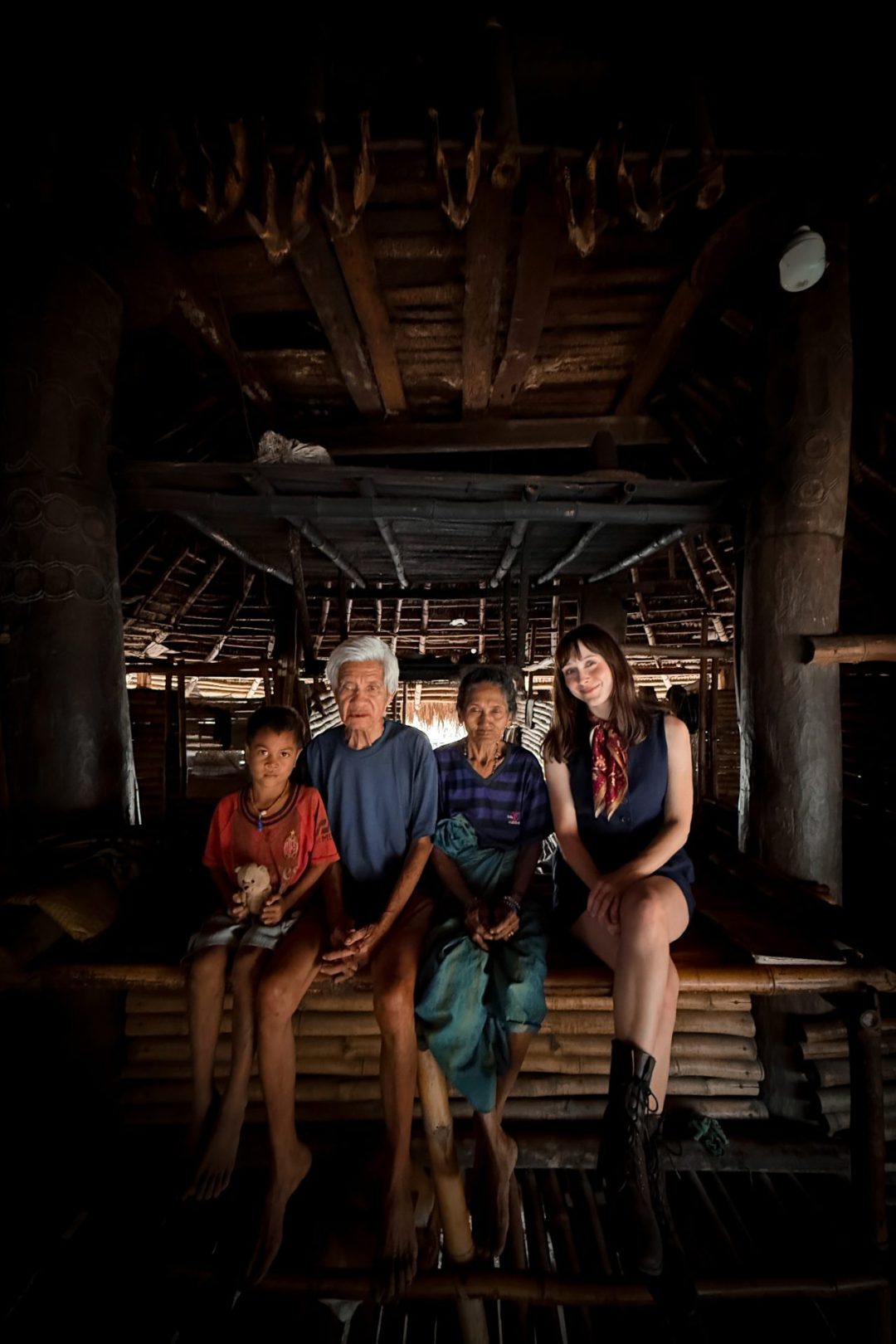
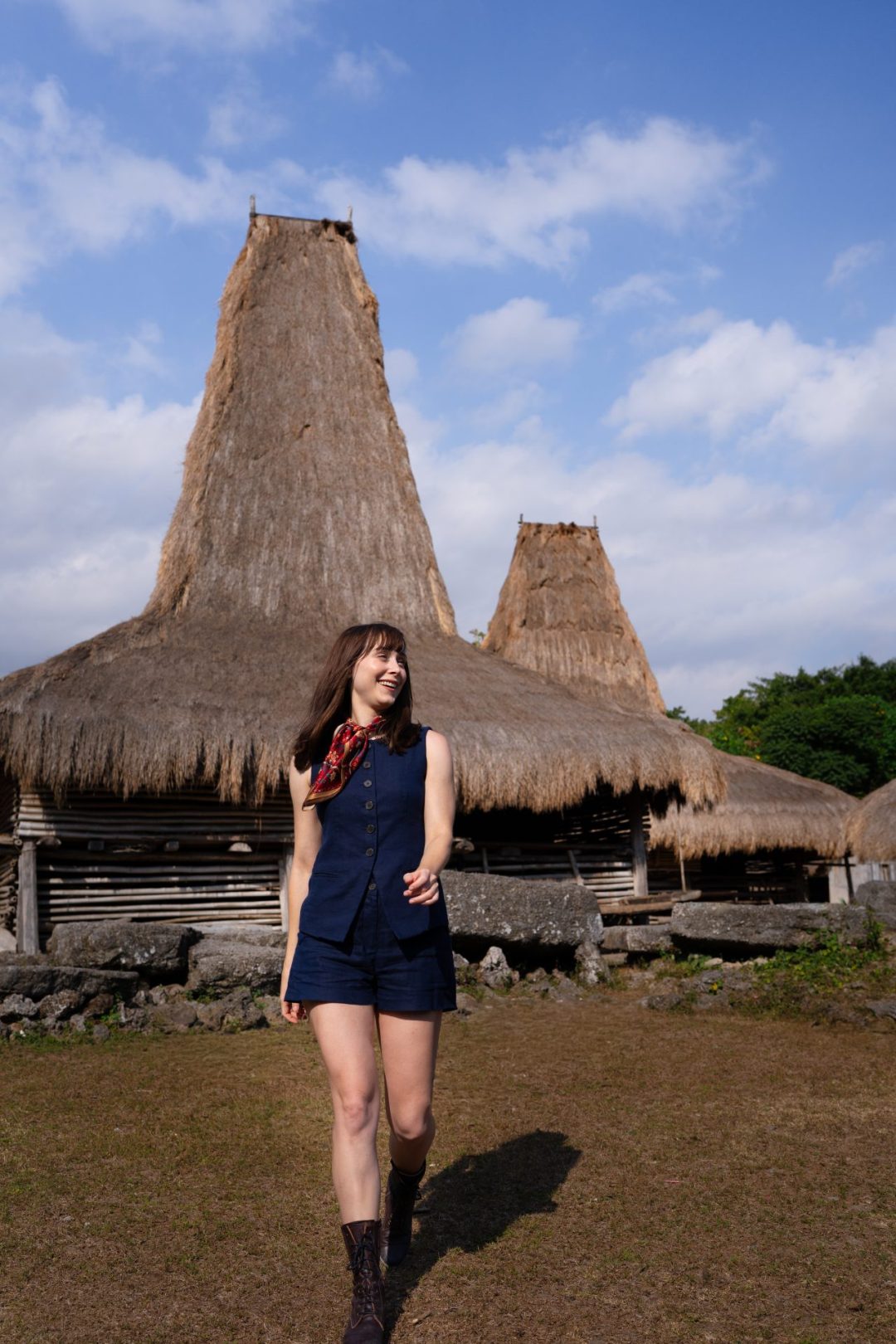
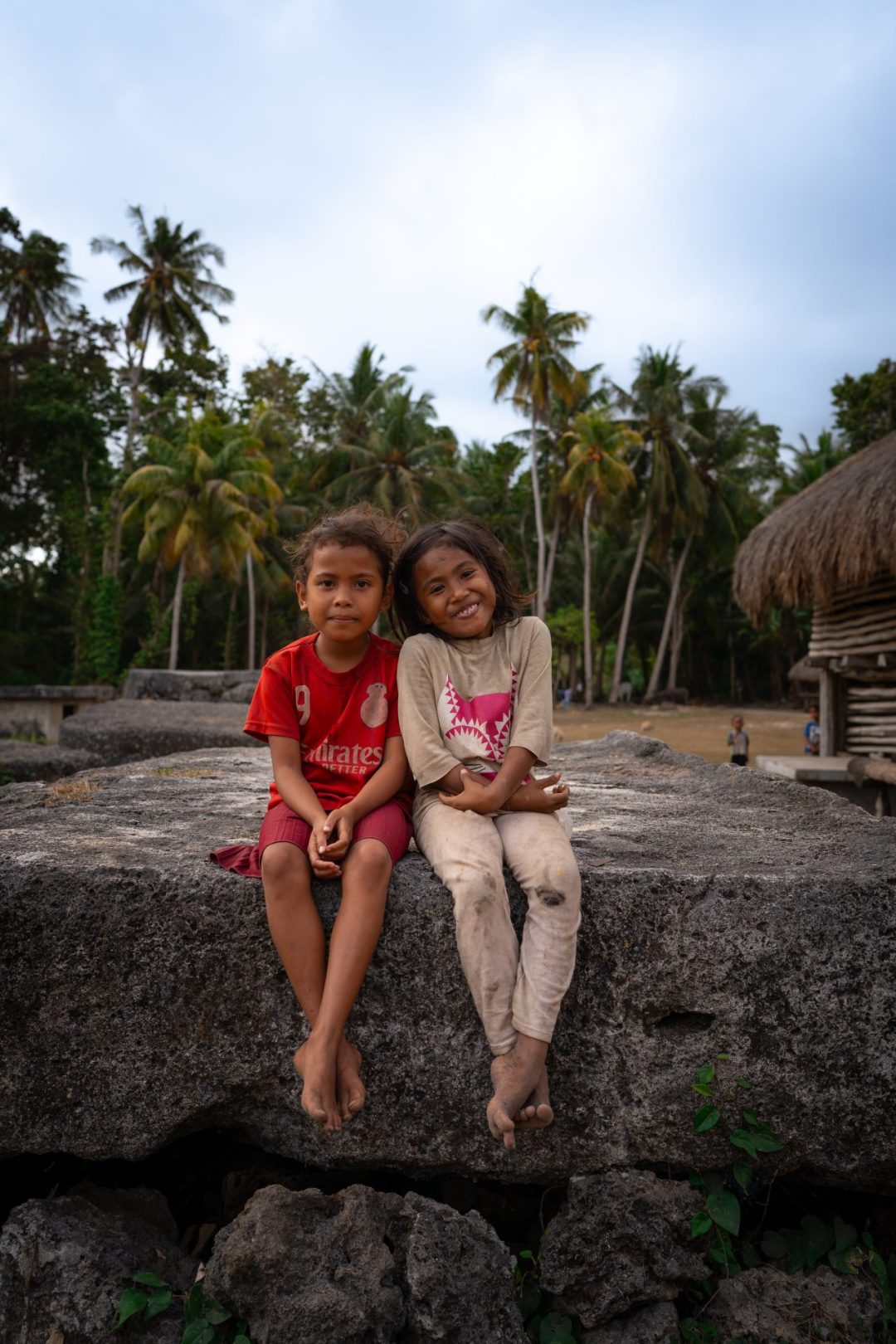
Waikaroko is one of the most memorable villages in Sumba, but to be fair… I am a bit biased because it was the first place I visited when I arrived to Sumba. When I got to the village, one of the first things I noticed were the giant megalithic tombs that appeared to be situated in a giant circle at the center. Some of the tombs were new: made of a flat sone and concrete mixture, but the vast majority were older, made of imperfect stone slabs that looked like they had been there for years. The scene was unlike anything I’d encountered before and shaped how I experienced the rest of my time in Sumba.
Megalithic Tombs
Megalithic tombs can be found at the heart of every traditional village in Sumba. These massive stone structures date back thousands of years, yet are still used today to honor ancestors and mark a family’s lineage. Their construction is a community effort that can take years, with each slab of stone carried and positioned through rituals meant to keep harmony between the living and the spirit world. Many tombs include decorative carvings that tell family stories and symbolize protection, power, or prosperity.
Outside of the stone circle, a few men and women smiled as I passed, some with red-stained teeth from chewing local betel nut, while chickens and dogs wandered through the open spaces. Children ran between houses, stopping to wave and say hello. Everyone here was quite friendly and a few of the kids even wanted their photos taken (which I didn’t know until my guide helped translate their request! But don’t worry, I received parental permission beforehand!)
A husband and wife eventually invited me into their home, their young son sitting beside them. The husband was blind, but spoke with such warmth that it filled the room. My guide helped translate between us, and I was able to learn “Thank you” in their local Kodi dialect during my visit: “Trimkuhi.” Sumba is home to multiple languages and dialects, many of which are under-documented and even endangered, so learning even one word and getting a crash course in the pronunciation felt magical!
Prai Ijing
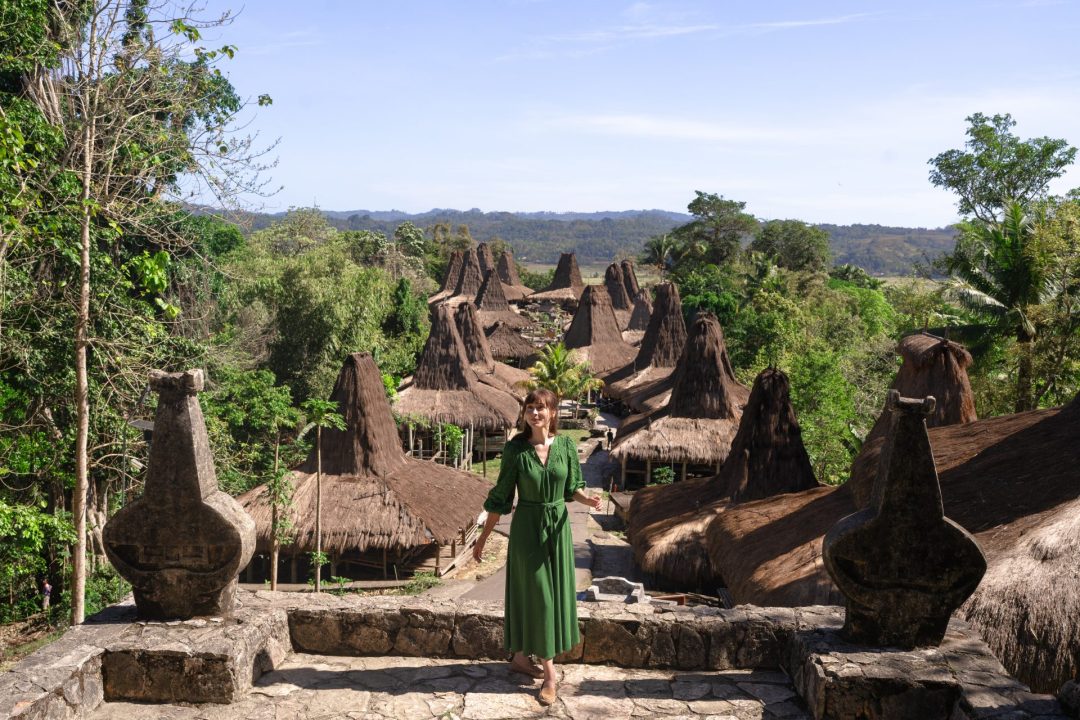
Prai Ijing sits above Waikabubak in the West Sumba Regency and is one of the easiest villages to reach, which also makes it one of the busiest. The houses here today use concrete bases as opposed to just natural materials from the island, but that fact doesn’t matter because it’s still one of the most beautiful on Sumba. From a high viewpoint near the top of a hill at the edge of the village, you can even look down over the main walkway lined with tall thatched roofs on both sides!
There was not a whole lot to do during my visit except wander because I arrived earlier than average (around 9:30AM) to beat the crowds, but there was a shaded area near the viewpoint to buy ikat blankets, handwoven bags, and other types of souvenirs!
My favorite moment from visiting Prai Ijing was when a group of puppies followed me as I walked through, tails wagging! The village here is quite calm and welcoming, even if you visit early like I did to avoid crowds!


Sumbanese Homes and the Marapu Religion
A traditional Sumbanese house has three stories that each carry meaning. The animals live on the lowest level, representing the underworld. The middle level is the human world, where daily life takes place. And the top level is the spiritual world, where the gods and ancestors are honored and sacred objects are kept. According to Marapu belief, Sumba’s original and ancestral religion that’s widely practiced today, the three levels symbolize the harmony between humans and the divine, making each home not only a shelter but a spiritual space.
Rateneggaro



Rateneggaro is one of the most photographed villages in Sumba, and it’s easy to see why. Located along the coast, the village is surrounded by natural beauty, with the light blue ocean to one side and grassy, rolling hills to the other. Here, the traditional Sumbanese houses, also known as Uma Bokulu, have thatched roofs that rise higher than any other traditional homes on the island. And each one indicates a family’s status: the taller the roof, the greater the respect the family has in the village.
During the morning of my visit, a man stood outside his home playing a handmade ukulele and selling bamboo carvings he’d crafted himself. A few of the carvings had a face etched at the top and a black and natural patterned design running down their sides. I bought one, and he smiled proudly as we took a photo together.
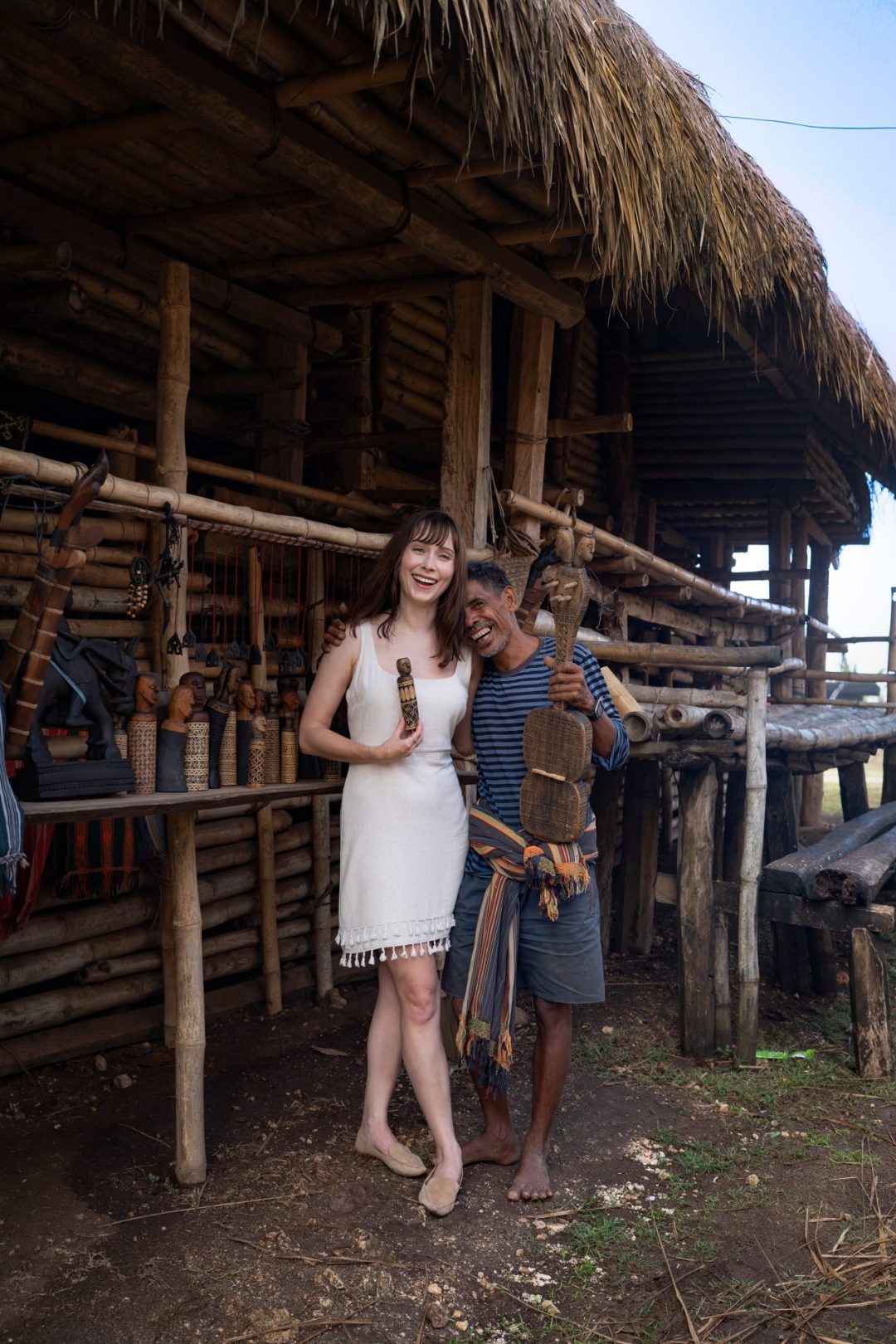
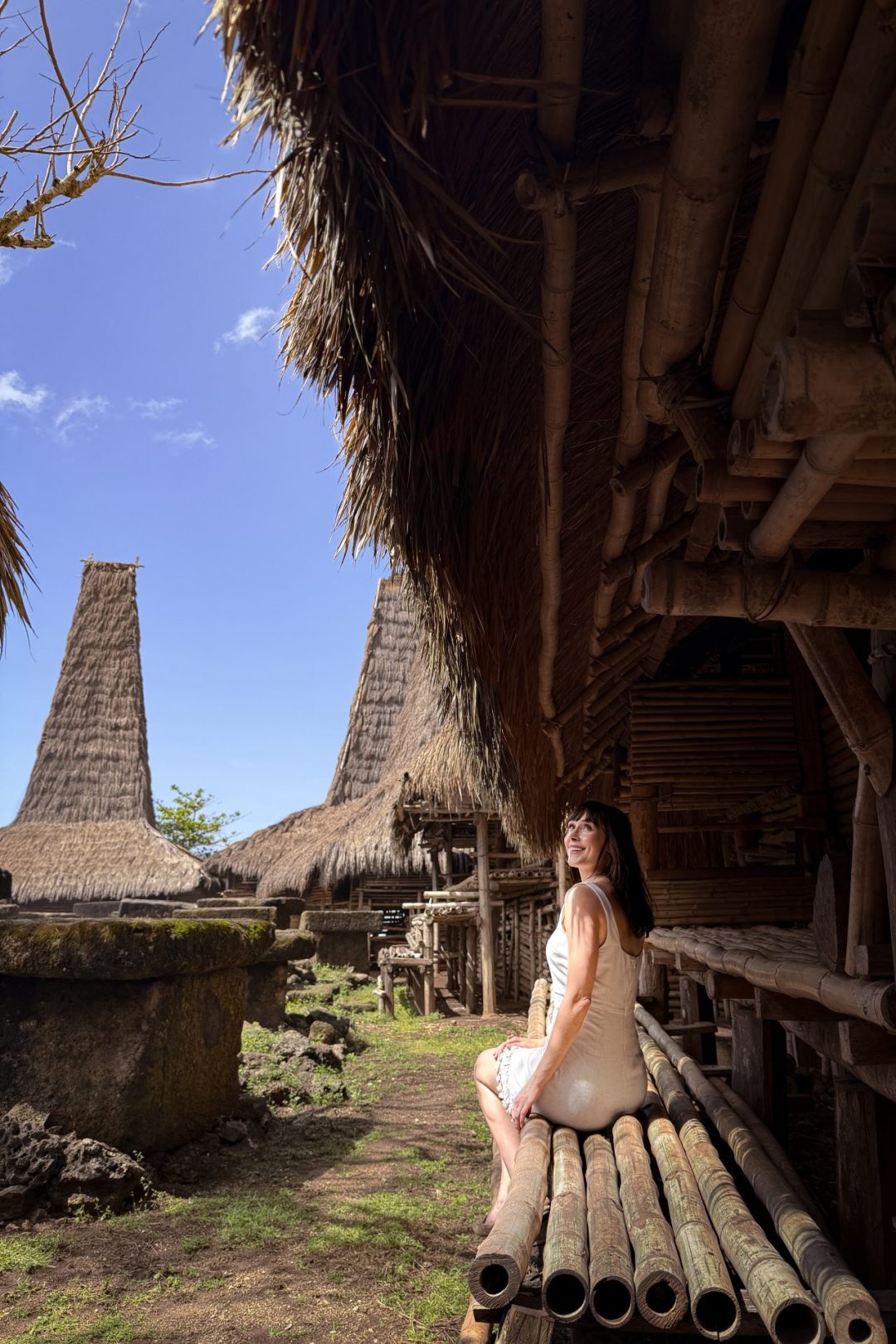
Rateneggaro is one of the few villages tied to Pasola, Sumba’s most sacred and dramatic tradition. Each year between February and March, riders gather in wide grass fields to reenact an ancient ritual of courage, balance, and spiritual offering. The event dates back centuries and is rooted in Marapu belief, where the spilling of blood on the earth is seen as a sign of fertility and renewal. Warriors ride bareback at full speed, throwing wooden spears to honor their ancestors and ensure a prosperous year ahead.
When I visited, one of the locals offered me the chance to ride one of the Pasola horses, but I had to turn it down (a short dress isn’t exactly riding attire!). It did feel quite special to be invited into a tradition that carries so much meaning here though.



Heading a bit deeper into the village, I was invited into a family’s home. The space was dark and cool, with light streaming through the roof in thin lines. The home, like most on the island, had a few rooms standing along the edges and a fireplace area at its center to symbolize the sun.
Sumbanese Hospitality
In Sumbanese culture, guests are often welcomed into homes as a sign of trust. Hospitality isn’t formal here, it just is. The jewelry and ikats sold in the village help raise money for the community, and purchases directly support the families who open their doors to visitors. That said, if a person or family invites you into their home, here are a few personal recommendations:
- Remove your shoes if you’re going beyond the threshold as a sign of respect. Depending on your shoe type, your guide and/or the owner of the home may tell you not to remove your shoes before heading in (this happened to me in Waikaroko while wearing lace-up boots), but I would still recommend it if you can (I know it’s something I regret about my first village visit!).
- Learn a word or two! This consideration goes a long way and helps keep the island’s indigenous languages alive.
- Be curious about the architecture of the home. Traditional Sumbanese homes are built quite intentionally around Indigenous Marapu beliefs. If you are lucky enough to be invited inside, pay attention and take interest into what your guide says about the home’s setup and how it ties back into the local religion.
- Tip the person or family who opened their doors to you in cash (Indonesian Rupiah), even if you buy jewelry or an ikat in the village.
Prailiu


Prai Liu is one of the smallest villages I visited on Sumba, but it was also one of the most unique! This East Sumba village has a big focus is on art. A small market building near the center is filled with local crafts like woven bracelets, vibrant ikats, beaded earrings, and hand-carved souvenirs. I bought a bracelet from a woman who tied it gently around my wrist before we took a photo together.
There are a few megalithic tombs scattered throughout the village, each one a reminder of how closely daily life here is tied to ancestry. One large tomb in particular caught my attention because of the turtle at one of the corners of its roof! My guide explained that animal carvings often hold symbolic meaning, representing strength, guardianship, or family lineage.



Buku Bani


Buku Bani sits quietly among trees and grasslands, its roofs peeking over the horizon. I took photos here while a few locals watched from shaded spots nearby. Visitors aren’t allowed to enter the houses, and my guide explained that the village keeps rituals meant to protect against theft. This was the most peaceful of the places I visited for that reason. Even with only a few people outside, you feel the weight of how long their traditions and rituals have lasted!
Yaru Wora

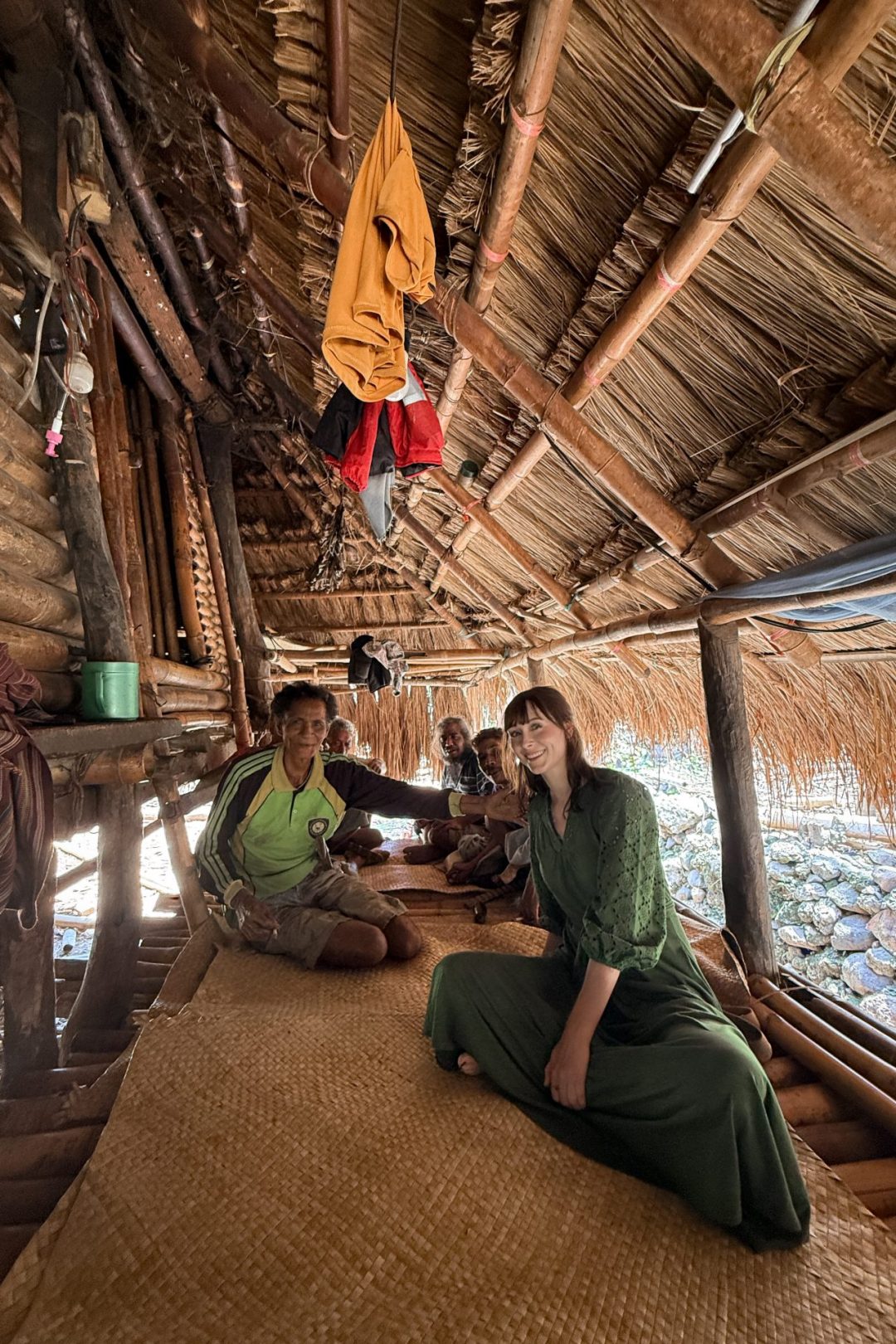

Yaru Wora is a large and off-the-beaten-path village located in the West Sumba Regency. They typically don’t receive many visitors due to their location up in the mountains, and I think because of that, I was able to experience an even much more authentic side of Sumba than I had seen from anywhere else on the island.
On the day of my visit, men and older boys were building the structure of a new house, while women cooked nearby in an open kitchen, stirring pots over wood fires as children played in the dust. The smell of smoke and food hung in the hot and humid air. My guide and I stopped for tea underneath a shaded roof of one of the homes, sitting near a group of elders who were talking, smoking, and laughing, machetes hanging casually from their belts.
In Sumba, building a new home is a community effort that carries deep spiritual meaning. Each structure must be built with blessings and rituals led by village elders to maintain harmony between the living and their ancestors. Watching the men raise beams while the women prepared food nearby showed how deeply connected everyone is in Yaru Wora. Daily life is collective and rooted in mutual support.
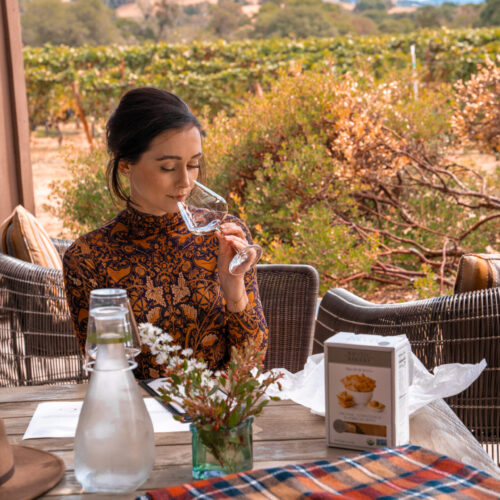 How To Spend One Day in Anderson Valley, California – My Favorite Spots
How To Spend One Day in Anderson Valley, California – My Favorite Spots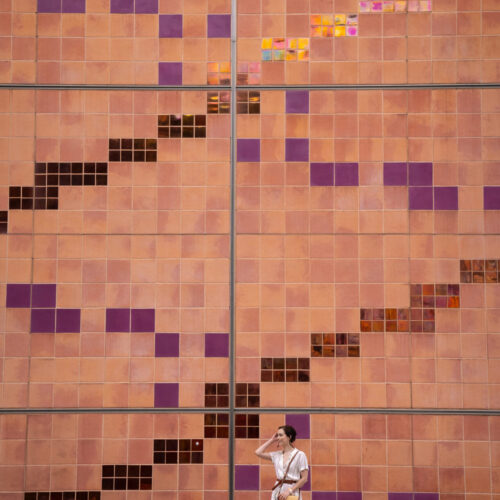 The 10 Ultimate LA Museums That All First Time Visitors Should Consider
The 10 Ultimate LA Museums That All First Time Visitors Should Consider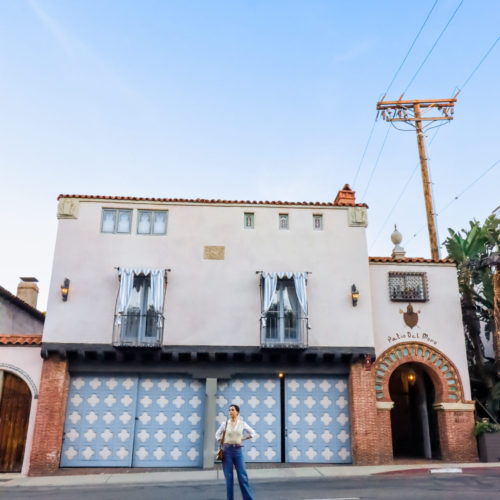 A West Hollywood Walking Tour of the Harper Avenue Historic District
A West Hollywood Walking Tour of the Harper Avenue Historic District
